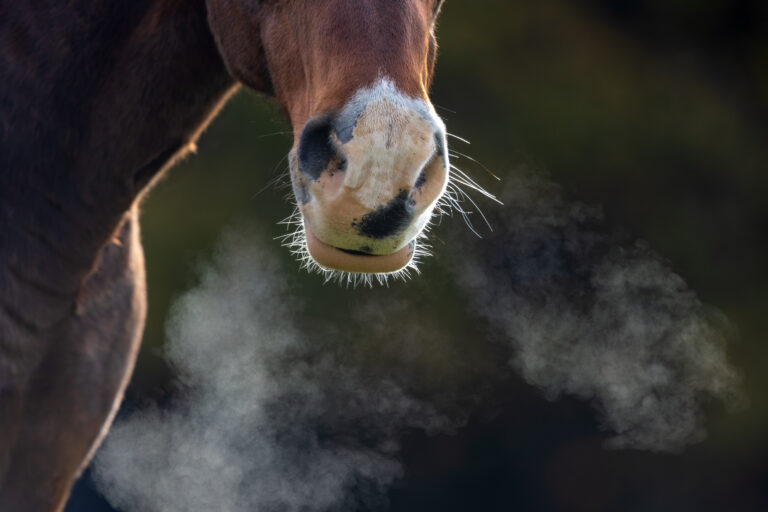
This multicentre retrospective study aimed to evaluate contrast radiography of the digital flexor tendon sheath (DFTS) in diagnosing intrathecal tendon pathology.
Authors for this study titled “Improved diagnostic criteria for digital flexor tendon sheath pathology using contrast tenography” published in the Equine Veterinary Journal were Kent, A.V.; Chesworth, M.J.; Wells, G.; Gerdes, C.; Bladon, B.M.; Smith, R.K.W.; and Fiske‐Jackson, A.R.
Medical records from three equine hospitals were reviewed. Horses were included in the study if they were diagnosed with lameness localized to the DFTS and had both contrast radiography and subsequent tenoscopy under general anesthesia performed to confirm a diagnosis of a manica flexoria (MF) tear, deep digital flexor tendon (DDFT) tear or palmar/plantar annular ligament (PAL) constriction.
For contrast radiography, 5-7 mL of sodium meglumine diatrizoate or Iohexol was injected with 10 mL mepivacaine hydrochloride into the DFTS. Horses were then walked for 4–5 strides before a lateromedial radiograph of the distal limb was taken. Radiographs were reviewed by four operators blinded to case details. Sensitivity, specificity and inter-observer variability were calculated for each pathology.
A total of 206 horses met the inclusion criteria. Contrast tenography was a sensitive test for MF tears and specific for DDFT tears, but there was poor agreement between evaluators when diagnosing PAL constriction from contrast radiographs. Ponies and cobs were significantly more likely to be affected with MF tears, whereas Thoroughbreds, Warmbloods and draught breeds were more likely to have DDFT tears.
Bottom line: Contrast radiography of the DFTS might offer an accurate diagnosis of certain DFTS pathologies.
To access this article, visit Wiley’s online library.









